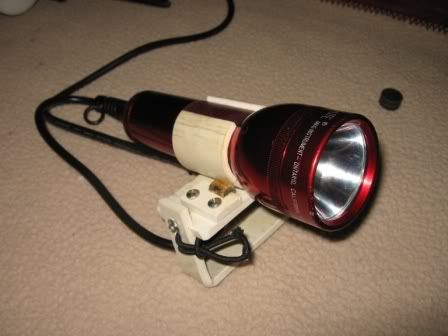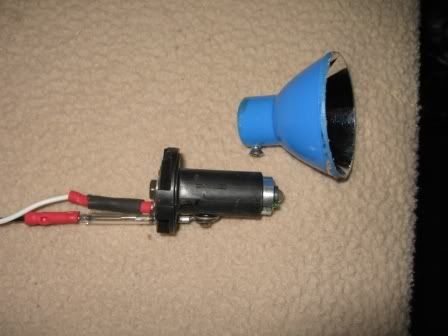marchand
Contributor
no, it isn't designed to, but the three 3W LEDs are brighter than a 10W HID, and they only cost $10 per LED. The reflectors on the LEDs also give them a 3º beam angle and LEDs last forever.
Welcome to ScubaBoard, the world's largest scuba diving community. Registration is not required to read the forums, but we encourage you to join. Joining has its benefits and enables you to participate in the discussions.
Benefits of registering include


Replace the o-rings, use the EZ lighthead method to seal the head. Replace the O-ring between the head and body with one slightly bigger to get a good seal. (I think this will be your weak point, machining another groove and adding a 2nd O-ring would be better) Then replace the seal on the tailcap with a larger thickness O-ring.
Jake
I've had no problem running a 50w MR16 halogen in my maglite lighthead with a 1/4" stepped polycarbonate lens. You can get the 1/4" poly-carb sheet at Home Depot. During a 3 hour burn test in 70F water it did develop a very slight 'fish eye' in the very center, which I polished out and has not returned during 60-90 minute dives in cold water. For the o-ring I use the stock bezel o-ring, but I've removed it from the bezel and placed it under my stepped lens. I prepared the aluminum surface under the lens by sanding a flat on it for the o-ring to seal against. If you do this, use a very flat surface (like a granite tile or pane of glass) to sand on.
